From November 1, 2024, medical examination and treatment service prices will be calculated according to the new basic salary level, helping to increase the ability to pay for health insurance technical services.
Medical news on December 6: Applying medical examination and treatment prices according to new salary levels
From November 1, 2024, medical examination and treatment service prices will be calculated according to the new basic salary level, helping to increase the ability to pay for health insurance technical services.
Adjusting the payment conditions for health insurance technical services
The Ministry of Health held a workshop to disseminate Circular No. 39/2024/TT-BYT, aiming to amend and supplement a number of articles of Circular No. 35/2016/TT-BYT on the list and payment rates of medical technical services in health insurance.
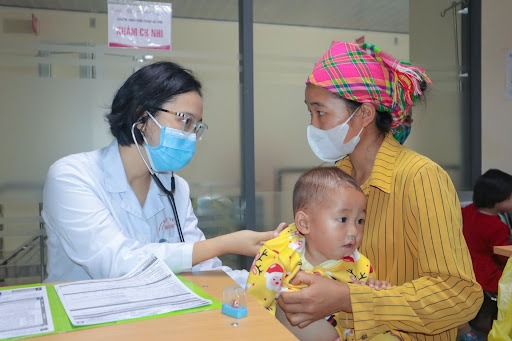 |
| Agree to adjust the price of medical examination and treatment services according to the new basic salary from November 1, 2024 to help increase the ability to pay for services. |
At the Workshop, Ms. Tran Thi Trang, Director of the Department of Health Insurance (Ministry of Health), shared that Circular No. 39 adjusts the list of technical services of Circular No. 35/2016/TT-BYT in a consistent manner with Circular No. 23/2024/TT-BYT on the new list of technical services.
Technical service names will be adjusted to ensure consistency in payment for these services within health insurance coverage.
Circular No. 39 will take effect from January 1, 2025, with many important adjustments to ensure the rights of health insurance participants and overcome difficulties and obstacles in the implementation process.
Circular No. 39 also reviews and adjusts the conditions for payment of technical services to meet practical professional requirements. For example, Circular 39 adds conditions for payment of some techniques in cancer diagnosis and treatment.
In addition, the new Circular 39 has amended and supplemented the payment conditions for 64-slice to 128-slice CT scan services in an expanded manner for some necessary cases to serve more accurate diagnosis and treatment (chest/abdominal X-rays for children under 6 years old, skull-face X-rays for congenital craniofacial malformations...).
Along with that, the Ministry of Health has revised and supplemented the payment conditions for PET/CT imaging services when determining recurrence/metastasis for bile duct cancer, testicular cancer, oral cavity cancer, melanoma, neuroblastoma, and stomach cancer.
In particular, Circular 39 has added payment conditions for some tumor markers (CA 125, CA 15-3, CA 72 - 4...) to diagnose metastatic cancer of unknown primary tumor, quantify SCC (blood), and test for Her 2 gene mutations.
These adjustments will help simplify the payment process and designate technical services for health insurance patients. The Circular also adds detailed regulations on payment for medical examinations, bed day prices and payment regulations in cases where medical examination and treatment facilities have less than 10% or less than 30 beds compared to the approved scale.
In addition, Circular No. 39 also amends the payment conditions for some rehabilitation technical services, aiming to expand the benefits for health insurance participants and ensure the payment capacity of the health insurance fund.
Ms. Trang also noted that from November 2024, medical examination and treatment service prices will be calculated according to the new salary level, helping to increase the ability to pay for these services.
The leader of the Health Insurance Department affirmed that adjusting the price of medical examination and treatment services according to the new salary will help ensure financial balance for the health insurance fund and improve the quality of medical services for health insurance participants in the coming time.
Circular No. 39/2024/TT-BYT is an important step in improving and enhancing health insurance benefits, while solving practical problems related to payment for medical technical services for people.
Get medical treatment in Vietnam instead of going abroad.
Instead of going to Singapore to treat lung cancer, Mr. Ngo Tuan, 60 years old, a businessman, decided to stay in Vietnam for treatment. Two years later, the tumor size decreased by 80%.
Over the past two years, Mr. Tuan has been treated at the hospital with a new generation of immunotherapy combined with chemotherapy. Up to now, he has undergone many courses of medication, the tumor size has decreased by 70-80%, the mediastinal lymph nodes have responded completely, so the cough has stopped and he has a good appetite.
Evaluating this result, Dr. Tran Ngoc Hai, an oncologist who directly treated Mr. Tuan, said that the patient responded very well to the immunotherapy drug.
Mr. Tuan had initial symptoms of coughing up blood, fatigue, and slight weight loss. He went to the hospital for examination and a CT scan showed a tumor in the right lung, measuring 3x4cm.
Doctor Hai diagnosed Mr. Tuan with stage 3C non-small cell lung cancer, with a poor prognosis. If left untreated, he is expected to live only about a year.
His family suggested that he go to Singapore for treatment because of the better medical services. Mr. Tuan was hesitant to stay or go. Knowing this, Dr. Hai advised him to feel secure in receiving treatment in Vietnam because of the standard treatment regimen according to international clinical treatment guidelines, full range of drugs and new technology for lung cancer treatment.
At the same time, when treated domestically, patients are close to their relatives and have emotional support. This is a factor that contributes to improving treatment effectiveness.
During his re-examination on November 26, Mr. Tuan was relieved with the results of "good response to treatment", saying that his total medical expenses in the country were 10-20% of the initial quote from the hospital in Singapore.
Mr. Nguyen Minh Chien, 63 years old, stage 2 non-Hodgkin lymphoma, went to Singapore for examination in February 2022 and then returned to Vietnam to go to the hospital for further consultation.
As a result, Dr. Tam Anh gave a treatment regimen that completely matched the one in Singapore, including monoclonal antibodies combined with chemotherapy.
Mr. Chien chose to receive treatment domestically. Now, after two years, the PET CT scan results show that the lymphoma has completely disappeared, he is living a healthy life, with almost no side effects. His total treatment cost is only about 10% of the estimated cost of a Singapore hospital.
Dr. Vu Huu Khiem, Head of the Department, said that among the cancer patients who come to the Department for examination, about 10-20% of the patients have the conditions to go abroad, most of them are middle and upper class.
They have the mentality that Vietnamese hospitals are crowded, doctors have difficulty giving detailed advice, the quality of medical services is not good, while cancer patients need comprehensive care and support in terms of health and psychology.
“The patient’s choice should be respected, but the doctor should advise and clearly explain the pros and cons of receiving treatment abroad,” Dr. Khiem added, adding that there are many problems that arise when going abroad, such as high costs, inconvenience in travel, complicated procedures, and language barriers.
In cases where patients require long-term treatment, finances can become a burden. Meanwhile, the level of doctors and cancer treatment technology in Vietnam is not inferior to that of developed medical countries.
In order to keep patients in Vietnam for treatment and limit patients from going abroad, the Ministry of Health is developing a project for high-quality medical examination and treatment to attract foreigners and people with the means to pay for medical examination and treatment in Vietnam.
The project aims to improve clinical quality, medical services and infrastructure in Vietnam, aiming to attract foreigners, overseas Vietnamese and high-income Vietnamese to choose treatment at domestic hospitals.
Dr. Khiem said that many hospitals in Vietnam now possess advanced treatment technologies and machines such as artificial intelligence applications in digestive endoscopy, 1950-slice computed tomography and moving towards unlimited tomography, robotic applications in endoscopic surgery, vascular intervention, multi-generational immunotherapy drugs, targeted drugs, etc., which are also available in major hospitals in the country.
According to Dr. Khiem, the cost of treatment in Vietnam is much cheaper than abroad. Many new generation immunotherapy and targeted drugs are sponsored by pharmaceutical companies, with discounts of up to 50% compared to the original price.
Vietnamese doctors have a deep understanding of the pathology, psychology, and lifestyle of Vietnamese people, and do not have language barriers. From there, they can give more appropriate advice on lifestyle and activities for patients, which greatly supports the treatment process, said Dr. Khiem.
World Data Lab predicts that by 2024, Vietnam will have 4 million more people joining the middle class and by 2030, there will be 23.2 million more people. Along with this trend, the demand for high-quality healthcare services is increasing.
According to the Ministry of Health, statistics from many years ago show that Vietnamese people spend about 2 billion USD each year going abroad for medical treatment, this number could increase to 3-4 billion USD in the near future.
Measles outbreak in the South, risk of further increase
Measles outbreaks are spreading rapidly in many southern provinces, especially in Dong Nai, Binh Duong, Ho Chi Minh City, and Ca Mau, and are expected to continue to increase in the coming time, especially in early 2025.
According to information from the Pasteur Institute in Ho Chi Minh City, diseases such as measles, rubella, whooping cough, meningococcal meningitis, rabies, avian influenza, Japanese encephalitis and tetanus are currently showing signs of increasing in the southern region.
As of December 2, 2024, the South recorded 19,042 measles cases, including 7 deaths, an increase of 56.5 times compared to the same period in 2023. In particular, children from 1 to 10 years old have the highest rate of infection, accounting for about 60% of the total number of cases. It is also worth noting that the group of children under 9 months old is showing signs of increasing measles cases.
MSc. Luong Chan Quang, representative of the Pasteur Institute of Ho Chi Minh City, said that so far there have been 63 outbreaks in 16 provinces and cities, of which 46 outbreaks are still active, mainly in schools.
Although Dong Nai, Binh Duong and Ho Chi Minh City provinces have implemented measles-rubella vaccination campaigns with vaccination rates reaching over 95%, the number of cases in children aged 1-10 (who are eligible for vaccination) continues to increase.
Part of the reason is that some children have not been vaccinated for reasons such as changing residence, children falling ill during the vaccination period or parents not paying attention to vaccinating their children.
In Dong Nai, according to Dr. Tran Minh Hoa, Director of the Provincial Center for Disease Control, the province has recorded 3,211 cases of measles. Areas with a large migrant population are also places with a high number of cases, with the majority being children aged 1-10 years old.
Dr. Dau Ngoc Trung, Head of the Department of Disease Control and HIV/AIDS, Bien Hoa City Medical Center, said that Dong Nai has implemented a supplementary vaccination campaign and has vaccinated 80,240 out of 82,398 children who needed vaccination, reaching a rate of 97.4%.
However, most of the unvaccinated children are transient children, following their parents from other provinces to Dong Nai to work. The health sector is continuing to coordinate to screen those within the age group and implement vaccination.
In Binh Duong, although the vaccination campaign has been implemented, the incidence of the disease continues to increase, mainly in the age group of 1-10 years old.
MSc. Luong Chan Quang said the number of cases in this age group will continue to increase until the end of the year. Along with that, the number of cases in groups outside the vaccination age group will also increase.
To prevent the epidemic, experts recommend focusing on screening and vaccinating children who have not been vaccinated in previous rounds, especially for children aged 1-10 years and children aged 6-9 months. It is necessary to continue to protect and maintain vaccination campaigns, especially in high-risk areas such as schools and communities.
Source: https://baodautu.vn/tin-moi-y-te-ngay-612-ap-dung-gia-kham-chua-benh-theo-muc-luong-moi-d231808.html


![[Photo] General Secretary To Lam receives French Ambassador to Vietnam Olivier Brochet](https://vstatic.vietnam.vn/vietnam/resource/IMAGE/2025/4/17/49224f0f12e84b66a73b17eb251f7278)

![[Photo] Nhan Dan Newspaper announces the project "Love Vietnam so much"](https://vstatic.vietnam.vn/vietnam/resource/IMAGE/2025/4/17/362f882012d3432783fc92fab1b3e980)
![[Photo] National Assembly Chairman Tran Thanh Man meets with outstanding workers in the oil and gas industry](https://vstatic.vietnam.vn/vietnam/resource/IMAGE/2025/4/17/1d0de4026b75434ab34279624db7ee4a)
![[Photo] Closing of the 4th Summit of the Partnership for Green Growth and the Global Goals](https://vstatic.vietnam.vn/vietnam/resource/IMAGE/2025/4/17/c0a0df9852c84e58be0a8b939189c85a)
![[Photo] Promoting friendship, solidarity and cooperation between the armies and people of the two countries](https://vstatic.vietnam.vn/vietnam/resource/IMAGE/2025/4/17/0c4d087864f14092aed77252590b6bae)




![[Photo] Welcoming ceremony for Chinese Defense Minister and delegation for friendship exchange](https://vstatic.vietnam.vn/vietnam/resource/IMAGE/2025/4/17/fadd533046594e5cacbb28de4c4d5655)



























![[Video] Viettel officially puts into operation the largest submarine optical cable line in Vietnam](https://vstatic.vietnam.vn/vietnam/resource/IMAGE/2025/4/17/f19008c6010c4a538cc422cb791ca0a1)

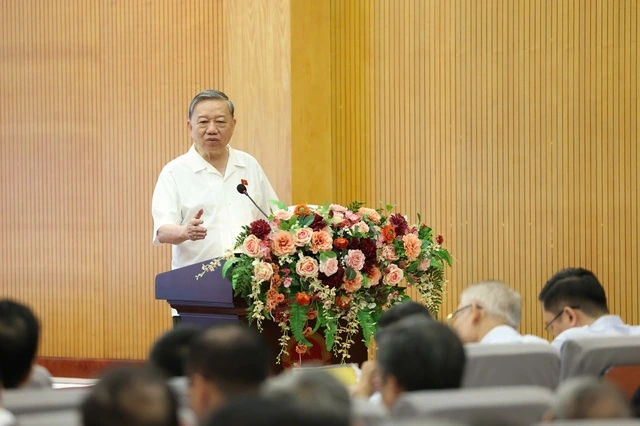



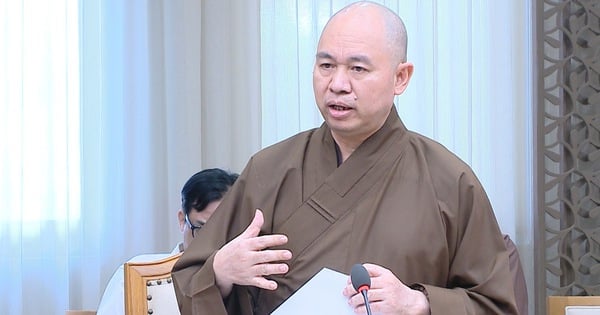
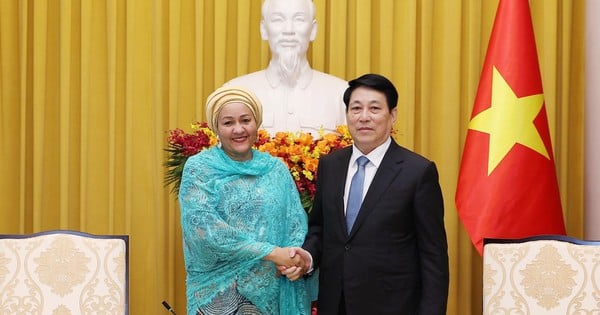




















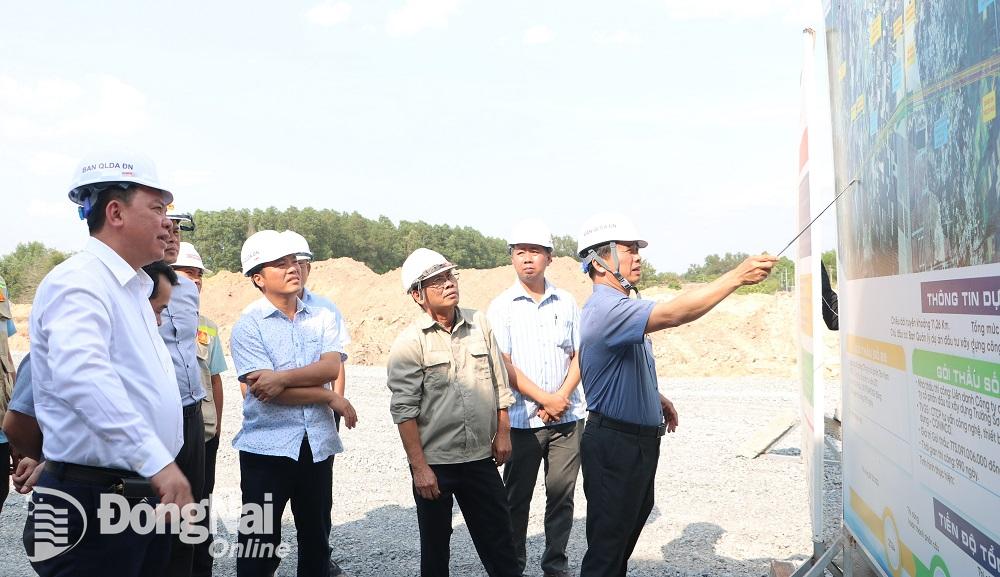










Comment (0)